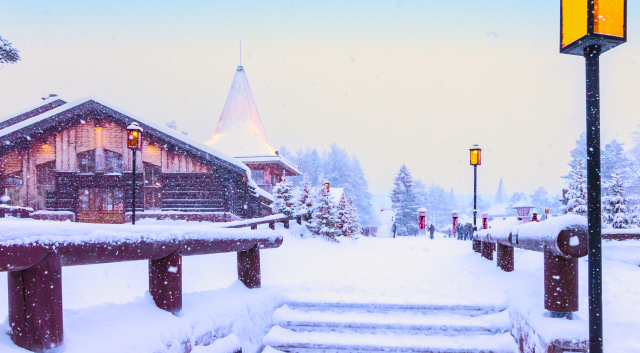How Travel Insurance is Different from Car or Home Insurance

We’re all used to how common insurance plans work, like car, health or homeowner’s insurance. But do you know how travel insurance works? If you’re thinking about buying travel insurance, you should know what kind of coverage you are getting.
Many of the most common insurance plans are open peril policies that cover everything except what is excluded in the policy. Travel insurance is the opposite: it covers only what is specifically stated in the policy. But it’s still insurance, so the important things are the same – you can file a claim and be reimbursed for unexpected events that are covered in the plan documents. You can review a summary and comparison of what’s included with our plans or see full details.
As different as it may be, travel insurance is essential for many trips. And actually, this difference compared to other insurance makes it a powerful tool to help set travel mishaps right.
At the heart of travel insurance’s essential differentness is coverage for what the insurance business calls “named perils.”

What are named perils?
Named perils are what they say they are: things you can name that can put a trip in peril.
Let’s take trip cancellation, for instance. All those bad things listed in your policy that can force you to cancel or interrupt your trip – what we call “covered reasons” – are named perils.
Hurricanes that make your destination uninhabitable, floods, forest fires, volcanic eruptions, blizzards, monsoons, avalanches – all named perils. Canceled and delayed flights are named perils, as is being unable to go on a trip because your Army Reserve unit was called up, or you losing your job. Getting sick or injured while on your trip is a named peril, too, along with theft of your travel documents.
Now, compare that to your auto policy. It may list collision as something that’s protected under the terms of the policy, but it doesn’t get super-specific and state, “Collision caused by deer crossing at an intersection at least 100 miles from your home.”
Travel insurance does get that specific.
Also read: Travel Horror Stories and How Travel Protection Could Help

Why do we care?
Okay, so what’s the big deal about named perils?
It’s this: Named perils, along with a time limit, and exclusions make travel insurance work. Perils need to be named because more things can jeopardize your lodging and transportation when you’re traveling. If perils weren’t named (and exclusions to those perils), just about anything could logically be covered under the plan, and that would make travel insurance both prohibitively expensive and unworkable.
By defining what it covers and when it covers those things, travel insurance is not only made affordable but effective, and customizable, since you can choose the plan that covers the things you need covered – like sporting equipment, for instance.
Also read: 7 Questions to Ask to Find the Best Family Travel Insurance

The value of assistance
Here’s something else to consider: Because a travel insurance policy names perils and states a timeframe for when the policy applies, it creates a narrow coverage window. That creates an opportunity to add value to the plan with features like travel assistance services included with the insurance coverages.
Travel assistance isn’t insurance – it’s help with travel emergencies, whatever shape they may take. Maybe you’ve lost your passport – or lost your way. Or maybe you need help making travel arrangements.
Whatever hiccup threatens your trip, 24/7 Travel Assistance can help make things better.
Think of it as having an auto-club membership on top of your auto insurance.
So, the next time you wonder why your travel insurance isn’t more like your auto insurance, remember that if it was you wouldn’t want it.
Want to insure your next trip? Take a minute and get a quote right now. There’s no obligation.
Travel Resources
See AllB000882208


